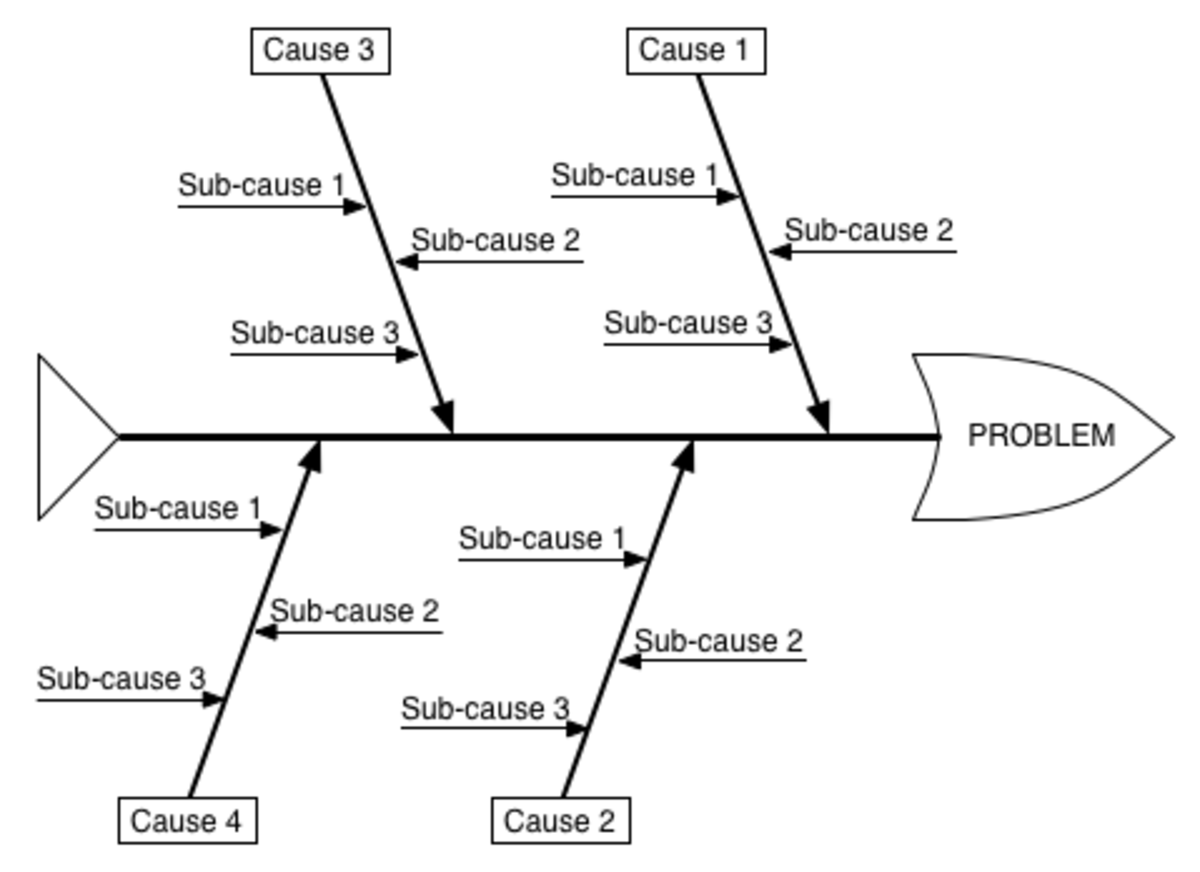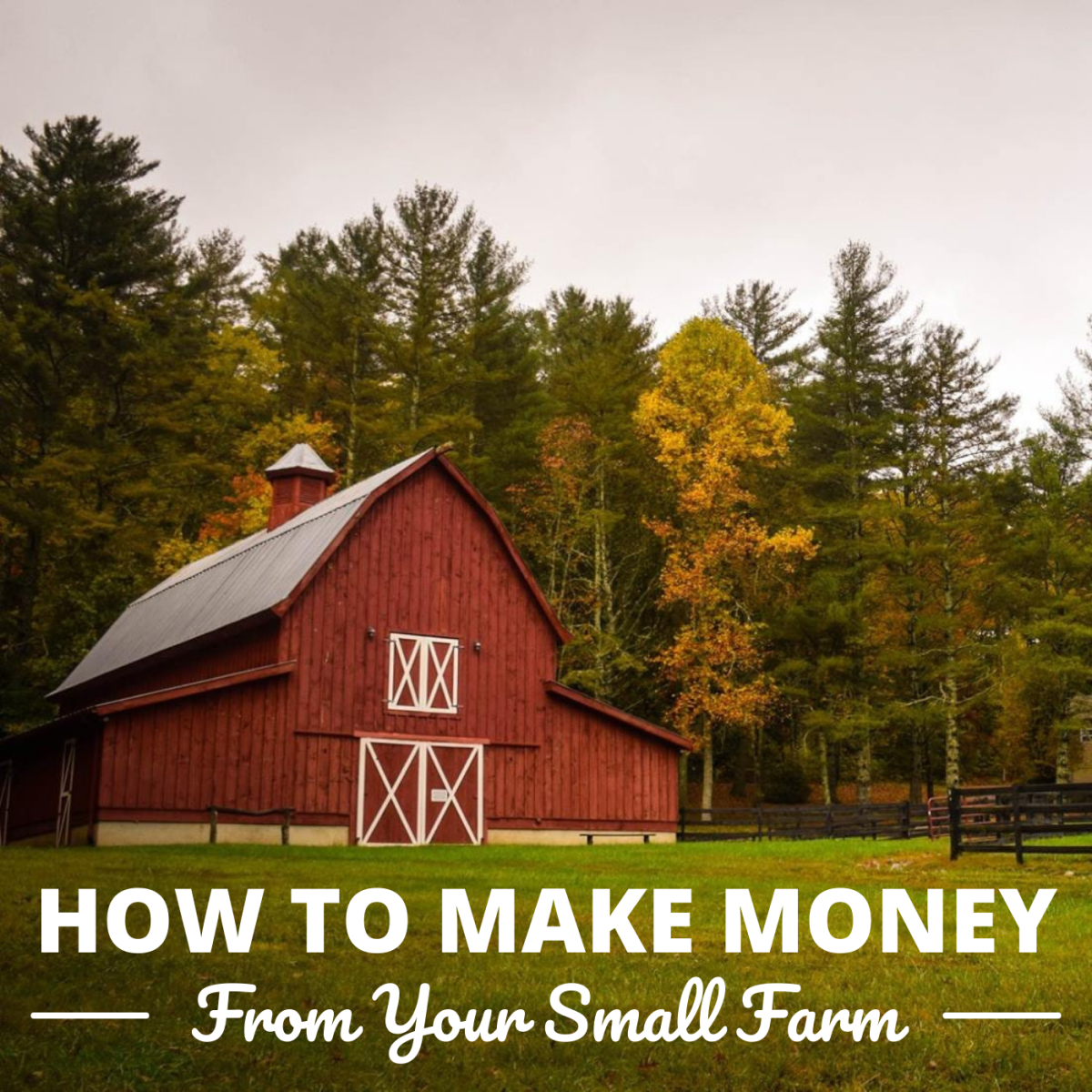Vision as a Success Tool
Crafting Clear, Compelling Images of Desired Results
"Begin with a vision and hold it fast
Reality passes but great dreams last
In time, wit and work will open the doors
To give form and body to that dream of yours
Begin with a vision and follow it through
For that is the way great tomorrows come true."
-- Helen Lowrie Marshall
Solving Problems, Or Creating What Truly Matters?
"The times they are a changing," said Bob Dylan, in the sixties. But not nearly as much as they are now. With economic chaos compounded by global climate change, and the possibility of running out of fossil fuel, soon, the speed of change is accelerating. The question about what to do with change is on everyone's mind.
But, be careful! People tend to use one of two main approaches to create change: solving problems, or creating results.
Problem solving usually only results in temporary change, and very often the "solutions" lead to more problems. The automobile, for example, was introduced in Europe as "the solution to pollution." Yes, it did away with carriage horse pollution, but horseless carriages became a major cause of toxic smog, and climate changing emissions.
Creating desired results is a more powerful approach than problem solving. All the great results that make up what we consider civilization—art, music, literature, architecture, advances in science and health were not primarily solutions to problems. They were creations that some visionary (or visionaries) cared deeply enough about to do what it took to bring into being.
Creating is all about bringing into being what you love, and want to see exist. It is a more powerful structure for creating results than problem solving, because it can embrace and transcend problem solving as part of creative action. But does not work the other way.
Creative problem solving is still problem solving, subject to the limitations of that ineffective dynamic. Except in a limited number of technical and mechanical situations creating takes less effort and energy, and leads to more effective and longer lasting results than problem solving. Creating produces results that are much more effective, and lasting, than are those produced as solutions to problems.
If you want to create meaningful, lasting change -- in your life and/or in your world -- you'd do best to master the basics of creating desired results -- independent of current circumstances, events, and problems. As systems expert Draper L. Kaufman, Jr. says, "Those who do not create the future they want, must endure the future they get."
Real, effective, and lasting results are not motivated by crisis or fear, or even by a well-intended desire to solve problems. The deepest, most powerful inspiration comes from those who create engaging visions of the future they want to see exist.
Knowing What To Want
I work with people around the world, helping them come to grips with a changing world, by learning to create rich, yet simple, sustainable, and effective lives, work, groups, organizations, and businesses.
Rich, yet simple, successful, and sustainable lives and work start with creating a clear, compelling vision of a result you want to create. But knowing what you want is not always easy.
“Learning what to want,” said Sir Geoffrey Vickers, author of Freedom in a Rocking Boat, “is the most radical, the most painful, and the most creative act in life.”
Crafting clear, compelling visions of what matters can be so painful that many of us never do it. Is it any wonder that we go through life doing what is second, third, or tenth most important to us—reacting and responding to the problems and circumstances that assault us?
In spite of the fact that it doesn't work well, for most folks (and groups, business, organizations, even governments), problem solving is their default habit. One part of the difficulty is that many of us don't know how to create results we want, because, as Robert Fritz says, "nobody ever told us how because they didn't know how either."
Another part of the difficulty stems from confusion around the word “vision.” By promoting the notion "if you can dream it, you can do it, "New Age hucksters have robbed this word of much of its original and true meaning.
Vision comes from the heart. It is an expression of what the heart wants. But there's more to creating desired results than just vision. Creating is where the head and the hands come together with the heart to create real and lasting results.
"Vision without action," cautions a Japanese proverb, "is a daydream. Action without vision is a nightmare."
So What Is A Vision?
"Vision" is a clear, compelling image of a desired result. Usually, it's a mental image, but it can also be written world picture, a real picture, or even, as in architect's models, a three-dimensional construct.
Unfortunately, vision is often used interchangeably with words such as “purpose,” “mission,” or “goal.” Although there are similarities between these terms, it is important to sort out their specific meanings for yourself.
Here’s how the Concise Oxford Dictionary defines them:
Purpose: an object to be attained, a thing intended.
Mission: a particular task or goal assigned to a person or a group.
Goal: the object of a person’s ambition or effort, a destination, an aim.
Vision: a thing or idea perceived vividly in the imagination.
Imagine, for example, a couple interested in crafting a rich, yet simple, ecologically sustainable, and flourishing life, and creating an effective, flourishing business.
“Our purpose,” they might say, “is to create a rich yet simple life, in harmony with the systems that sustain all life, and to help others do the same.”
“Our mission is to make simple, affordable, eco-friendly housing available to everyone in our bioregion.”
“Our primary goals are: design and build our own eco-friendly home, develop a consulting business to helps others build eco-friendly homes, write a book on the process, and offer workshops on eco-housing.”
Purpose answers the question “why?” Mission specifies the strategy or “way” that the couple chooses to live their purpose. Goals refers to specific “hows,” to the actions and results needed to complete their mission and realize their purpose.
All three words describe different levels of results that the couple wants to produce — the “what's” of “what matters?” These results form a hierarchy of values and desires that ranges from large to small, primary to secondary, tertiary, and …, and from things they want for their own sake to things that support more important results.
Vision can be applied to purpose, mission, and goals. It asks the question, “What would it look like if I successfully produced the result I want? What would it look like if I achieved my purpose? My mission? My specific goals?
As I said, a vision is a clear, compelling mind picture of a result you want to create, as if you'd already created it. A vivid, engaging image, a vibrant idea that stirs you to action.
Often, people start with a concept of a result they want, but fail to shape that concept into a clear vision. The concept "a new house," is not nearly as engaging as the vision, "a cozy, comfortable, handcrafted, solar powered, zero- carbon, zero-emission house, with a green roof, and an attached solar greenhouse."
Concepts are great to start with, but shaped into a clear, engaging vision, results become more doable. A clear, compelling vision of a desired result generates motivational energy. It inspires you to greater effort. It helps you see where you are relative to where you want to be.
But, it’s not just vision that generates power in the creating process. There are two other sources: creative tension, and momentum. Along with motivation, these sources of energy enable creators to both envision results, and do what it takes to make them a reality.
As ex-Czech President Vaclav Havel said, "Vision is not enough, it must be combined with venture. It is not enough to stare up the steps, we must step up the stairs."
And before it can lead to action, vision must be grounded in current reality. Before you can set a course, you need to know both your destination, and where you're starting.
Creators set up creative tension by holding both a clear vision and its relevant current reality in mind at the same time. Then they use the energy that arises out of the gap between vision and reality to take action, and build momentum. By integrating the energy of motivation, creative tension, and momentum, creators increase their chances of creating the results they desire.
Getting Started: An Example
Three questions can help you clarify a vision of what you want to create.
• What result do I want to create?
• Why do I want it?
• What would it look like if I successfully created that result?
Try this yourself. Choose a simple, tangible result that you want to create. Write the result at the top of a sheet of paper. Below it, write two short paragraphs.
In the first paragraph, list the reasons why you want to create this result. This will help you discover whether this is a creation you want for its own sake, or something that supports a more important result. It will help you decide if this is something that matters or just a passing fancy. The more reasons you can list, the more motivational energy you will be able to generate.
In the second paragraph, describe what the result would look and feel like if you created it. Be specific. How big is it? What colour is it? What features does it have? What makes it unique? If the result is something non-physical, such as a job or a relationship, describe the aspects and qualities that make it what you want. Describe the result as if you had completed it.
I suggest you stand up, and read your result out loud. If doing so makes the hair on the back of your neck stand up, and/or makes you feel like crying tears of joy, you've done it. If not, rework it until it does make you feel stoked!
Here’s an example of how a client (an engineer) answered these questions for a specific result he wanted to create as follow-up to a workshop he took with me:
• What do I want? A high quality, handcrafted mountain bike made from recycled parts.
• Why do I want it? I want the challenge of building a great bike cheaply. I want to get in shape and be healthy. I want to live simply, drive less, and create less pollution. I want to spend time outdoors, not money on gas. I want to have fun exploring the trails up behind my house with my friends.
• What would it look like if I successfully created that result? The bike is a silver-grey, dual-suspension, aluminum-framed bike with carbon forks, grip shifters, top of the line Shimano drive train, and an independently suspended crank. It weighs 25 pounds and cost less than $500. I love riding it and feel proud that I made it myself. And I feel great about using recycled materials and lowering my carbon footprint so much!
Vision As An Attractor
"A vision is not just a picture of what could be," says MIT consultant and author Rosabeth Moss Kanter, "it is an appeal to our better selves, a call to become something more."
A clear, compelling vision acts as an attractor. It draws you forward, and it draws out the best you have to offer. When held in tension with current reality, vision generates creative tension—a tendency to move—and the energy needed to learn quickly and invent what you need to do to support your desire result.
A vision also provides a set of success criteria against which to measure your progress and eventual success. A good enough vision is one with which you'll recognize the result, if you create it.
Always use “vision” as the short form of “a vision of a desired end result.” A vision is not a thing in itself. It is not an affirmation that you put out to the universe and passively expect to receive results in return. It’s a clear, compelling description of a result that you care enough about to choose to create.
Vision As A Unifying Force
A clear, compelling vision helps you focus your values, and organize your actions. Some visions, such as a vision of your life, or a career will be all encompassing. Others, such as a vision of a cottage by water, or a book you want to write, will be smaller. Some, such as an organic garden, or a birthday party for your child, will be smaller yet. You need a vision for each result that you want to create. Because the smaller visions will be embedded in the larger ones, your life will feel unified, integrated, and effective.
A vision is also an impelling force. It motivates and empowers you. It helps you persevere and persistent in the face of difficult circumstances and adversity. It enables you to stretch beyond limits, and to produce extraordinary results. Over time, the results you create will naturally and organically accumulate into the life you envisioned so vividly in your mind. The rest of your life could turn on a vision you craft today, tomorrow, or over the next few weeks.
After he built his mountain bike, Richard the bike builder radically simplified his life. His success prompted him to build more bikes, which he sold to friends. Emboldened by that further success, he quit his engineering job, downsized to a smaller house, opened a shop, and began living a simple, yet rich, and fully engaged life as a custom bike builder.
“I’m happy now,” he says. “Happier by far than when I was engineering with a large firm and never had time to get out on the trails with my friends. Now people pay me to take them out riding. It’s wonderful.”
Some of my clients are quite conventional. They use the creating process to change small aspects of their lives or business, adding green touches, simplifying in some areas, and making their lives and business a bit more eco-friendly, a step at a time.
Other clients fully embrace creating as a life stance. They have created green, low-carbon homes, and successful green businesses. One client is working on creating a zero-emission brewery that would use waste as raw material for six other products he could sell, trade, or give to neighbors. Others have created organic gardens that feed themselves and their neighbors. Still others have created organizations that help orphans in Africa. The list goes on.
Oh, yeah! Many have used the creative process to create the rich, effective, and low-stress lives and work they long for. And found that, using the skills and structure of creating made the job easier, more effective, and a lot more satisfying.
How about you? Do you have visions that you have yet to act on? Dreams that are in danger of dying on the vine? Results you desire, and would love to bring into being, but just dream and don't do?
Hopefully, this piece will help you begin to experiment with vision as a creative force, and with the creating process, itself. As Thoreau said, " If you have built castles in the air, your work need not be lost; that is where they should be. Now put the foundations under them."
Vision-driven creating is the best way to foundations under your castles. And now is the best time to start. For practical tips and steps, see my other articles, or read my book Simplicity and Success: Creating The Life You Long For [Trafford, 2003]
-------------------------









